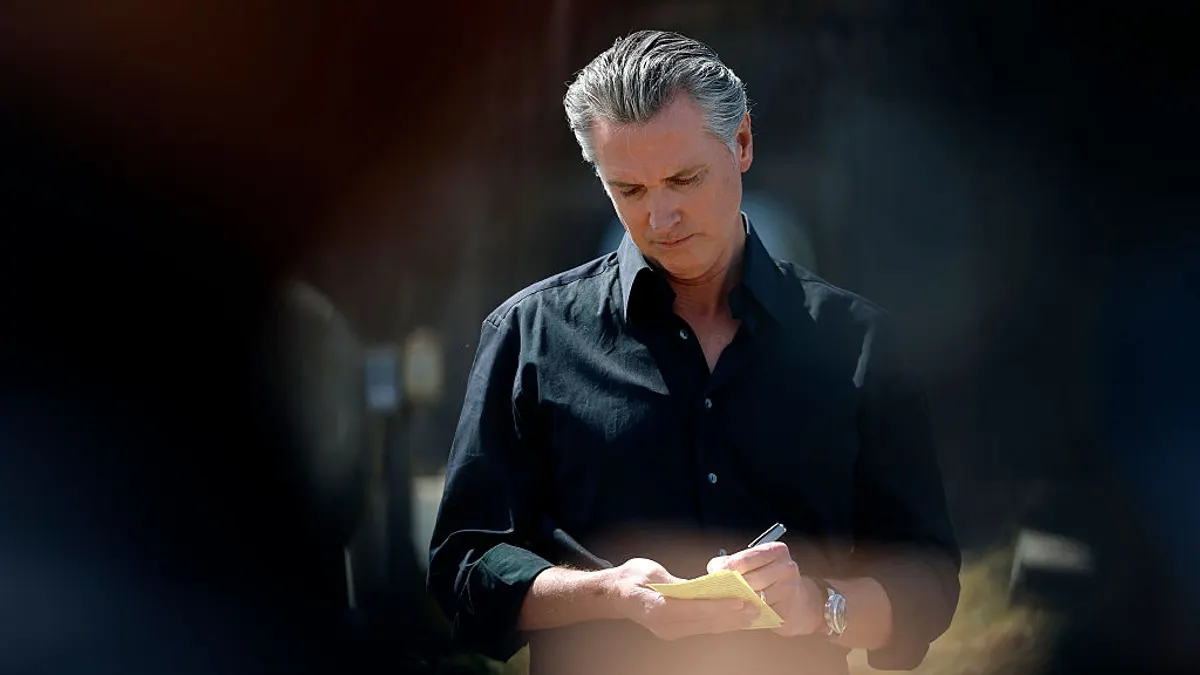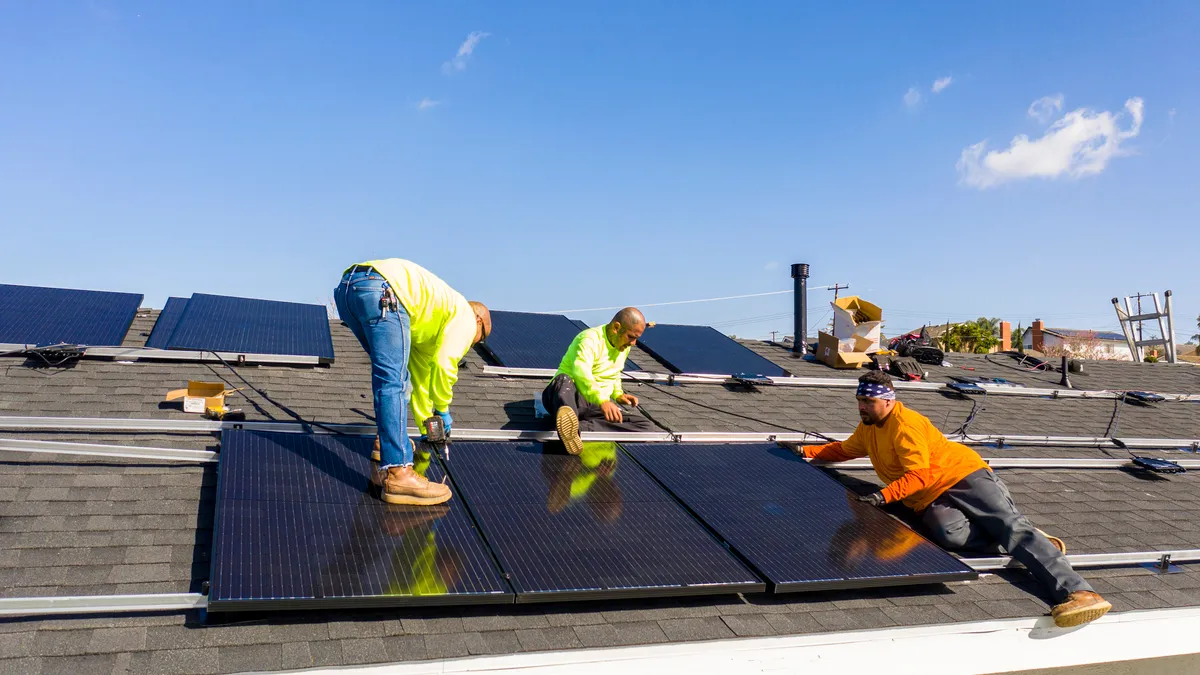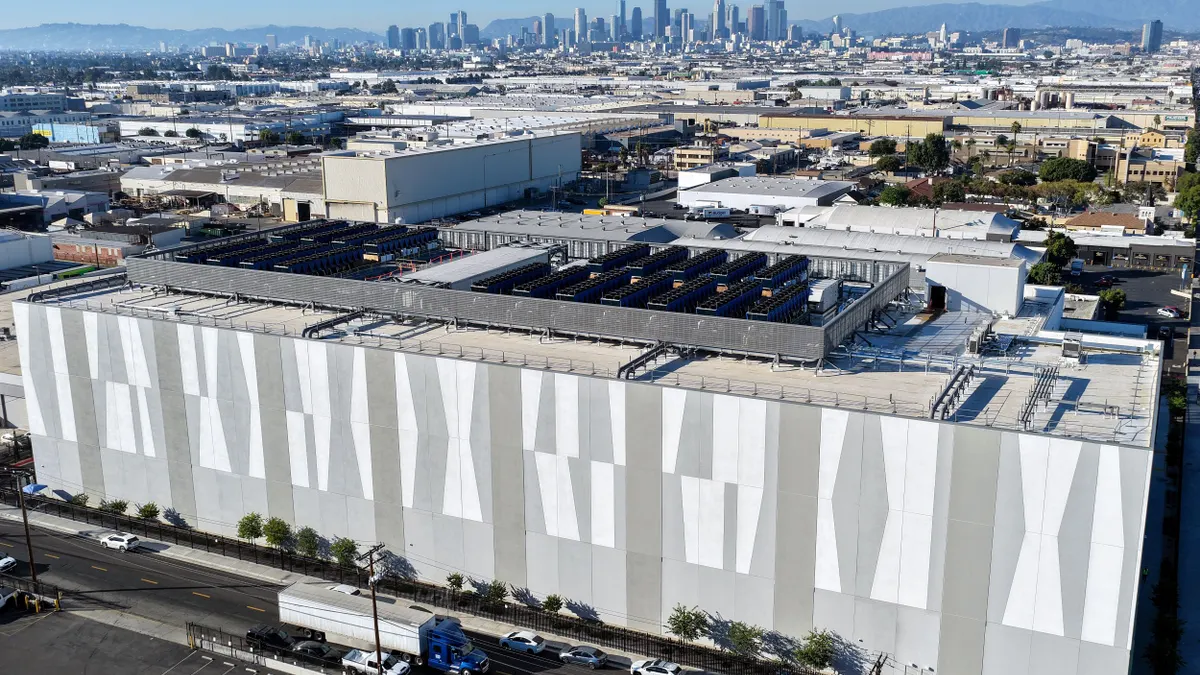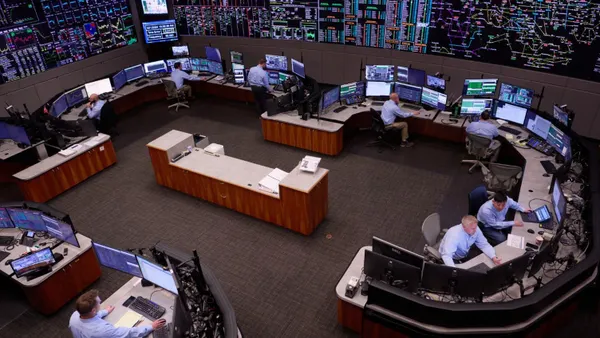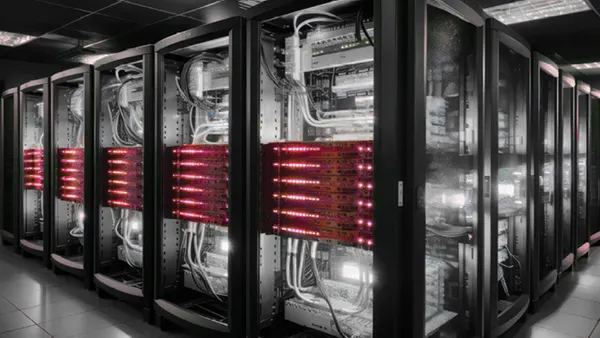Dive Brief:
- California Gov. Gavin Newsom’s 2025-2026 revised budget, unveiled last week, would cut about $423 million from grid reliability programs as the state faces a $12 billion shortfall.
- The programs are designed to shore up the state’s energy resources by providing on-call emergency supply or load reduction resources during extreme weather events such as heatwaves or other grid emergencies.
- Advocates have criticized the proposed cuts. Legislators have until June 15 to make changes and finalize the budget.
Dive Insight:
Newsom’s office did not immediately respond to a request for comment. A spokesman for the governor pointed to a recent release from the state’s energy commission that says the state is in good shape to meet demand this summer “while remaining vigilant about ongoing risks.”
In a press conference last week, Newsom blamed the budget shortfall on economic uncertainty from President Donald Trump’s on-again, off-again tariffs, stock market volatility and a reduction in global tourism.
The California Solar & Storage Association has come out against cuts targeting the Demand Side Grid Support and Distributed Electricity Backup Assets programs, which state lawmakers created in 2022 to try to improve reliability and avoid blackouts during emergencies.
In the January draft of the 2025-26 budget, DSGS was slated to get $75 million, plus about $18 million in backfill funding for 2023-24, while DEBA was to get $200 million in 2025-26 and another $180 million the following year. Both programs are funded primarily from California’s Greenhouse Gas Reduction Fund, which is funded by its cap and trade program.
The new proposal reduces to zero all greenhouse gas reduction funds for these programs proposed for 2025-2026 and future years pending an agreement on cap and trade, which the governor wants to rename “cap and invest.” That would essentially zero out funds for DSGS. The revised budget proposes giving $50 million to DEBA from voter-approved climate bonds.
According to CALSSA, the programs were designed to work together to incentivize distributed energy assets.
The group said the DSGS program has already shown success, with more than 500 MW of enrolled capacity and more than 260,000 customer participants. About half of that capacity was from behind-the-meter batteries enrolled through DSGS’ market-aware storage virtual power plant option, it said.
The DEBA program, which is geared toward bringing new resources online, has been slower to get off the ground, it said.
“We’re talking about affordable, reliable energy, and California really cannot afford to be fickle about that,” said Kate Unger, the association’s senior policy adviser. Participants and providers “are ready to commit to this program, and we need the state to make a commitment that allows us to make ours.”
Correction: This story has been updated to reflect the correct budget year for $18 million in funding to the Demand Side Grid Support program.



